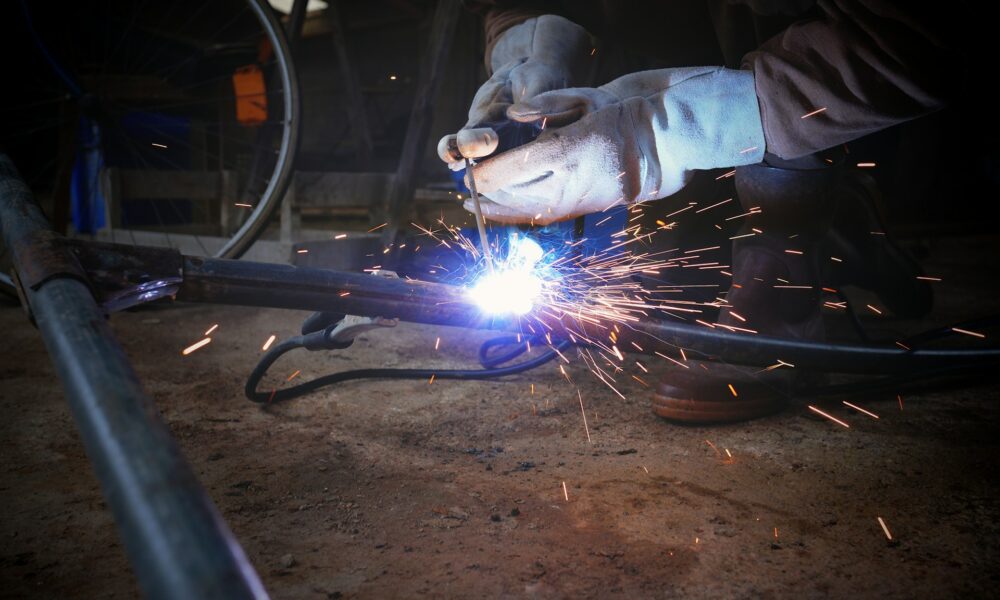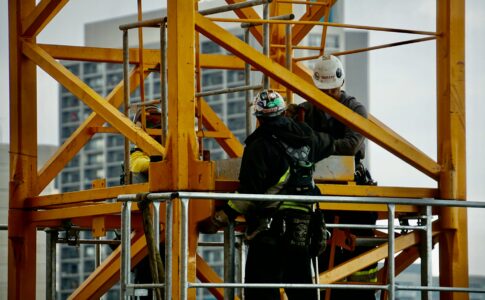Welding is as much an art as it is a science. Perfecting your welds requires attention to detail, precise technique, and a methodical approach.
However, even the best welders, from beginners to seasoned professionals, can run into common errors that jeopardize the final product.
This blog covers some of the most frequent welding mistakes and, more importantly, how you can avoid them.
Whether you’re just starting or want to take your skills to the next level, these welding tips will help you create stronger, cleaner, and more efficient welds.
Why Avoiding Common Welding Mistakes Matters
Perfecting your welding techniques isn’t just about aesthetics or reducing errors; it also has critical time, cost, and safety implications.
Poor welds lead to weaker joints, increased rework, and unsafe structures that can fail under stress.
By mastering proper welding techniques early on, you save time, money, and frustration while ensuring every project meets professional standards.
The beauty of welding is that even common errors can be improved with a combination of the right tools and knowledge.
Platforms like BTHSales.ca offer professional-grade tools designed to enhance weld quality—from Siegmund welding tables for precision clamping to custom fixtures tailored to your specific needs.
Couple that with effective strategies, and you’ll be well on your way to mastering the craft.
1. Mistake #1: Incorrect Material Preparation
The Problem
Welding materials without proper preparation can result in contaminants like rust, oil, or dirt weakening the joint. E
ven microscopic debris can drip into weld pools and compromise the weld quality.
How to Avoid It
- Clean Thoroughly: Use wire brushes, solvents, or grinders to clean the base metals before welding. Focus on eliminating any rust, mill scale, grease, or oil.
- Preheat When Necessary: For certain metals, like carbon steel, preheating reduces the risk of cracking and improves weld strength.
2. Mistake #2: Improper Welding Settings
The Problem
Incorrect voltage, amperage, or polarity are mistakes that often plague beginner welders. Incorrect settings lead to defects such as undercutting, spatter, or incomplete fusion.
How to Avoid It
- Match Settings to the Project: Before turning on your equipment, check the welding procedure specification (WPS). Use the recommended voltage, current, and electrode size for the material you’re welding.
- Practice Test Welds: Run a test weld on scrap material to confirm your machine settings are correct.
Tools like adjustable Siegmund workbenches available on BTHSales.ca can improve your precision and prevent setup inconsistencies.
3. Mistake #3: Poor Joint Fit-Up
The Problem
Gaps between the base metals (poor fit-up) can lead to weak joints. Uneven or inconsistent joints also create complications when applying filler materials.
How to Avoid It
- Prioritize Alignment: Use clamps, jigs, or a Siegmund welding table for precise positioning. With proper alignment, you’ll reduce the chances of distortion and improve weld uniformity.
- Check Consistently: Use measuring tools throughout the welding process to ensure that parts remain aligned, especially for large or complex projects.
4. Mistake #4: Skipping Proper Safety Precautions
The Problem
Welding is inherently dangerous. Ignoring safety protocols can lead to burns, eye damage, or exposure to harmful fumes.
How to Avoid It
- Use the Right Gear: Always wear personal protective equipment (PPE), such as helmets with auto-darkening visors, gloves, flame-resistant clothing, and steel-toed boots.
- Ventilate Properly: Ensure proper airflow, especially when working indoors, to dissipate fumes.
For workshops, invest in Siegmund safety clamps and guards, which not only improve project quality but protect those working on intense welding jobs.
5. Mistake #5: Rushing the Process
The Problem
Welding quickly without proper welding techniques often results in porosity, incomplete fusion, or poor penetration. These can significantly weaken weld strength.
How to Avoid It
- Stick to the Correct Speed: Develop a steady hand and even pace when drawing your weld. Practice makes perfect!
- Layer in Passes When Needed: For thick materials, skip rushing and lay multiple welding passes instead to avoid incomplete penetration.
6. Mistake #6: Neglecting Post-Weld Inspection
The Problem
Once the weld is complete, skipping a thorough inspection can leave unnoticed defects, such as hairline cracks or uneven reinforcement, that compromise the strength of your project.
How to Avoid It
- Inspect Visually and Mechanically: Look for signs of porosity, cracks, or other defects immediately after your weld cools. Use specialty tools like ultrasonic testers if structural integrity is critical.
- Grind and Finish (If Needed): Polish your weld using a grinder to improve aesthetics and eliminate sharp edges that could lead to future failures.
Why the Right Tools Transform Welding
Did you know that a Siegmund welding table can cut your setup time by nearly 50%? Tools designed for repetitive, precise welding tasks ensure long-term success and reduce costly rework.
BTH Sales, the exclusive Siegmund importer in Canada, offers an extensive range of clamping systems and accessories to elevate your workshop. Visit bthsales.ca to explore a wide selection of innovative tools.
Weld Smarter, Not Harder
Welding mistakes are inevitable, but with the right knowledge, tools, and habits, you can overcome them.
From cleaning your material to properly tuning your equipment and inspecting your final welds, these practices will elevate both your technique and confidence.
Whether you’re just getting started or refining your craft, remember that even small changes make a big difference.
Need to take your welding game further? Explore top-tier solutions like Siegmund welding tables and accessories on BTHSales.ca.




